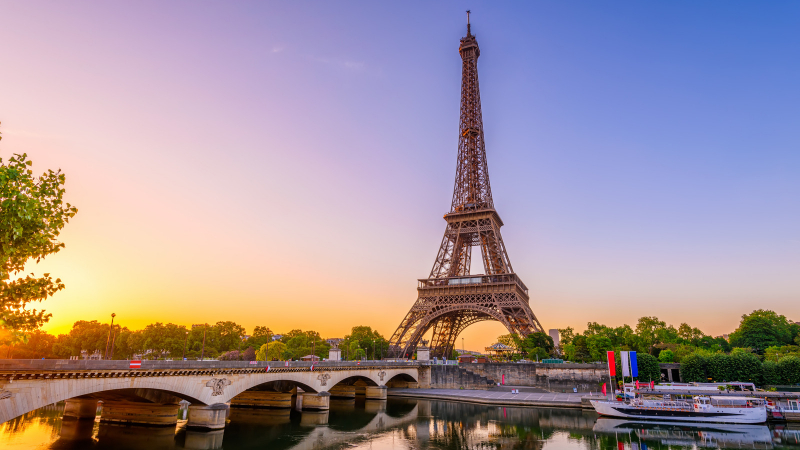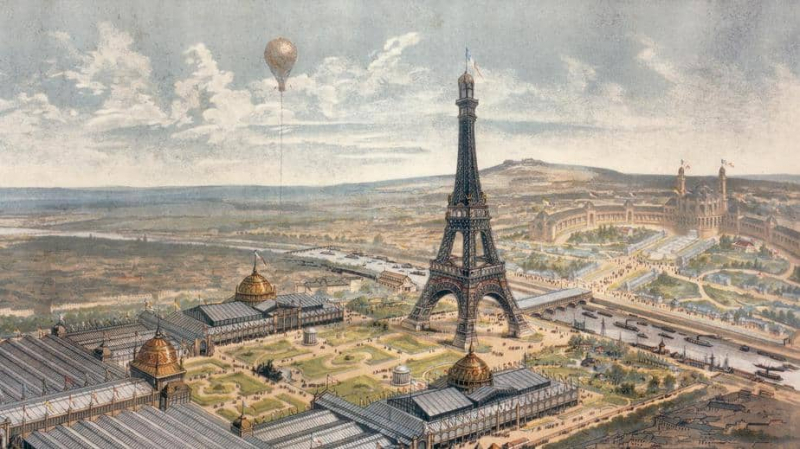The Eiffel Tower Was Initially A Temporary Structure

Despite being the symbol of France and a significant landmark in Europe, the Eiffel Tower wasn't always this way. In actuality, nobody had any idea that it would rank among the most popular tourist destinations in both the nation and the world. It was built with the intention of being destroyed after 20 years, but when it was instead embraced by so many people and so many people came from far away to view it, the history of Paris and all of France was irrevocably altered.
The Eiffel Tower, which was built in 1909 as a temporary showcase, came dangerously close to being demolished and dismantled. After realizing its usefulness as a radiotelegraph station, city leaders made the decision to save it. Later, during World War I, the Eiffel Tower broadcast zeppelin alarms, intercepted enemy radio transmissions, and was used to transport emergency soldier reinforcements. During World War II, it avoided destruction a second time: Hitler had originally ordered the destruction of the city's most revered emblem, but the order was never carried out. The Eiffel Tower's elevator wires were infamously severed by French resistance fighters during the German occupation of Paris, forcing the Nazis to use the steps instead.
The Eiffel Tower has hosted a number of high-profile pranks, formal occasions, and even scientific investigations over the years. For instance, Theodor Wulf, a German physicist, observed the impacts of what are now known as cosmic rays in 1911 by using an electrometer to detect higher radiation levels at its top than at its base. Additionally, more than 30 replicas and related buildings in other locations throughout the world have been influenced by the Eiffel Tower.












